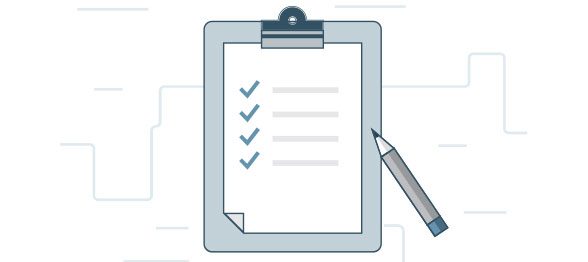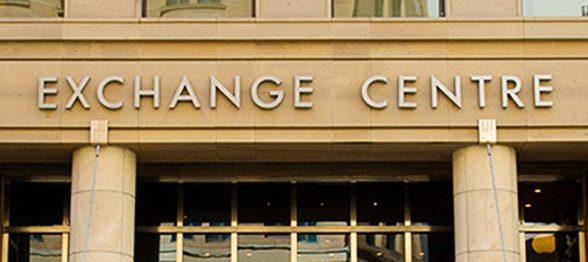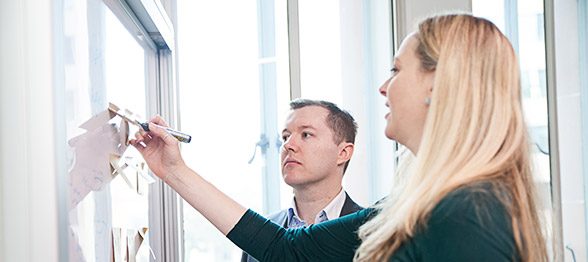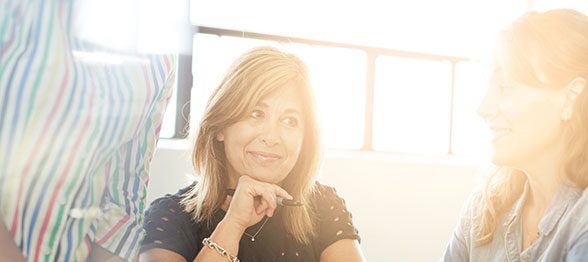What are mood boards and how can they help your web design project?
- key point: A mood board saves you time and money in the website design process.
- why web designers use mood boards: design is more personal than food. A mood board is like a taster before the main course.
- who will benefit from reading this article: people who work in large organisations, that are about to undertake a website design project.
- tech level: low.
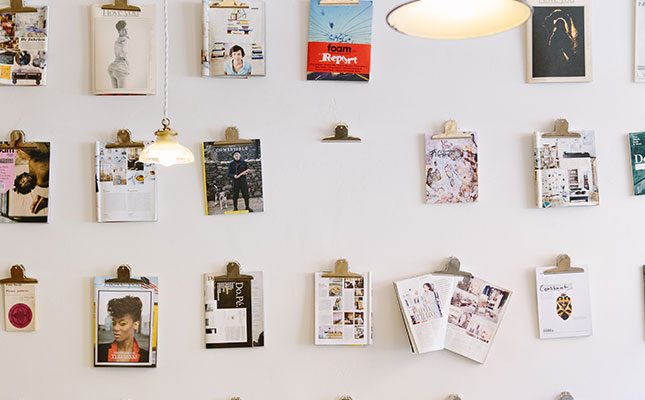
Measure twice, cut once
In short, mood boards are very early style guides that help to ‘test the waters’ or get a very early indication of design direction- before too much time is invested in visual and creative design.
Mood boards can be tested with audience samples to see if they are resonating well with your ideal audiences and conjuring the right impressions.
When painting a room, many people will start with a sample wall before spending time and money on painting a whole room.
Save money on wasted design time
Mood boards have a real impact on your budget and your timelines, even if at first it may seem as though precious time is being wasted in creating a mood board that is probably going to be 'airy fairy'.
An effective mood board saves you time and money by avoiding design efforts being wasted on a design direction that does not create the right sentiments in your target audience(s), nor appeal to your internal stakeholders.
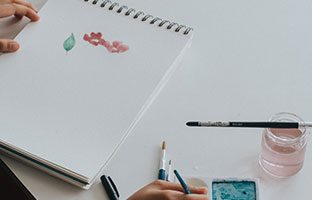
Design is more personal than food. Mood boards are like tasters before the main meal.
Similarly, people often like to smell wine before committing to an expensive bottle. Think of a mood board as smelling a potential web design.
A mood board could contain imagery, colours and fonts that could potentially be used in the future web design.
Start with your brand guidelines
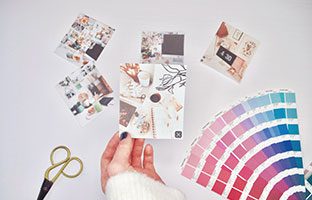
Creating a mood board would start with your branding guidelines but extend them. Branding guidelines are critical for defining the specifics of your branding elements but they don’t usually conjure any feeling. Ideally your mood board would extend your branding guidelines by inspiring the feeling that you want your audience to experience when they use your product or visit your website.
Common problem

Designers use mood boards because most experienced designers will have at least one story about how they spent a lot of time gathering requirements from their client and documenting a detailed brief. Then, weeks’ worth of design later - their client didn’t like their high-res designs.
Many projects have stalled from differences in opinion over design.
Wrapping up
If you have questions, feel free to get in touch. All our team members are very aware of what's involved in making improvements in large organisations.

